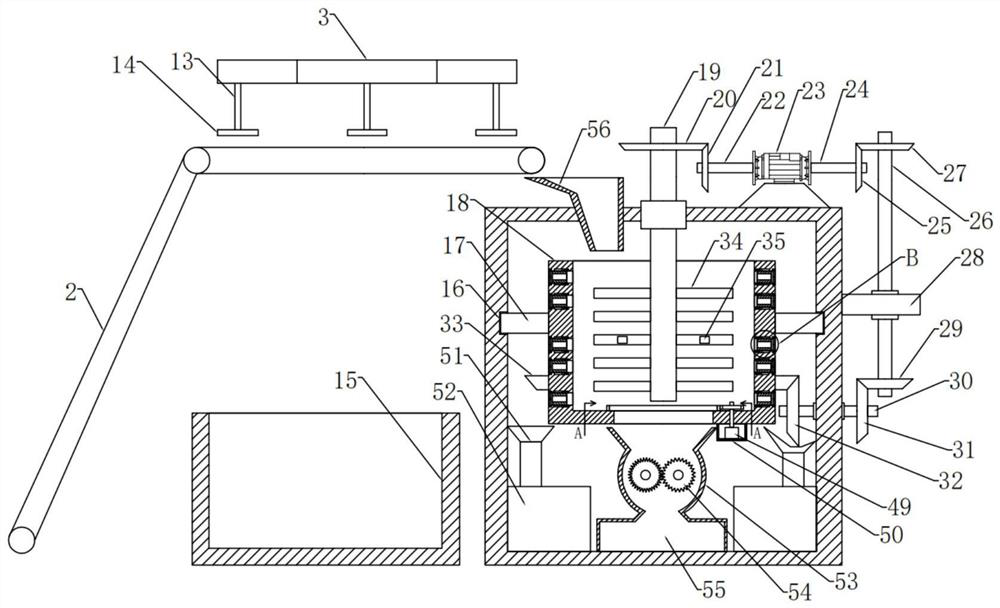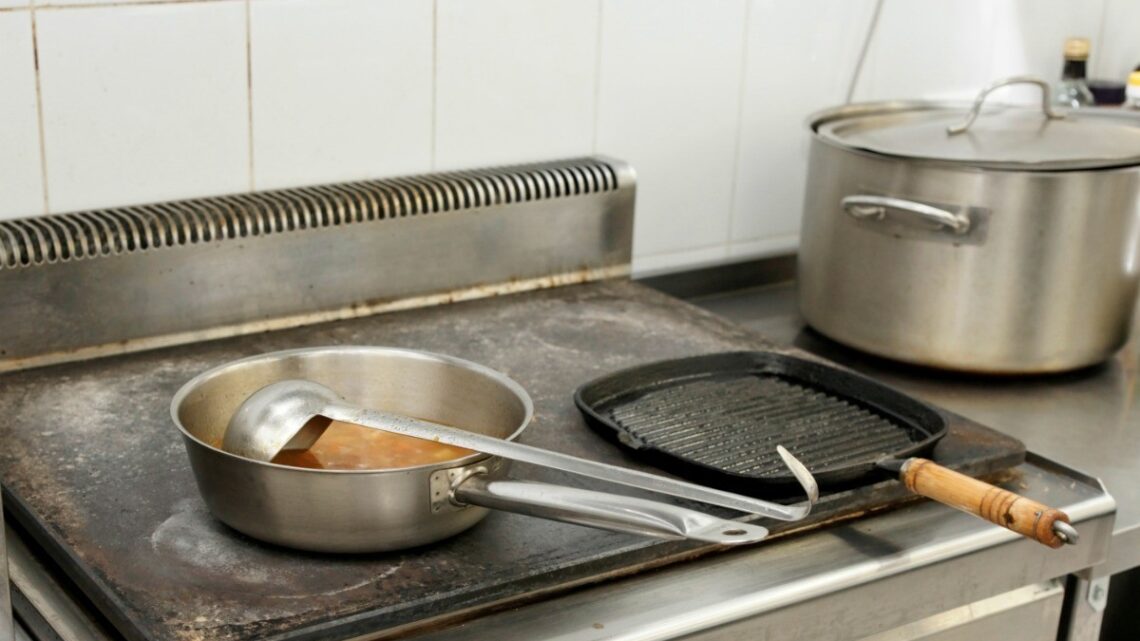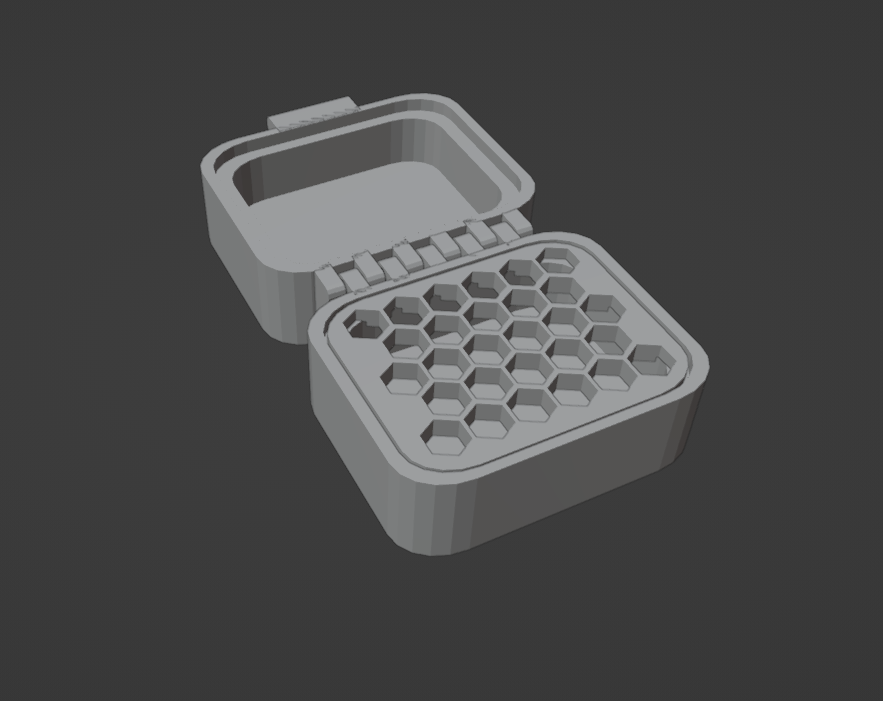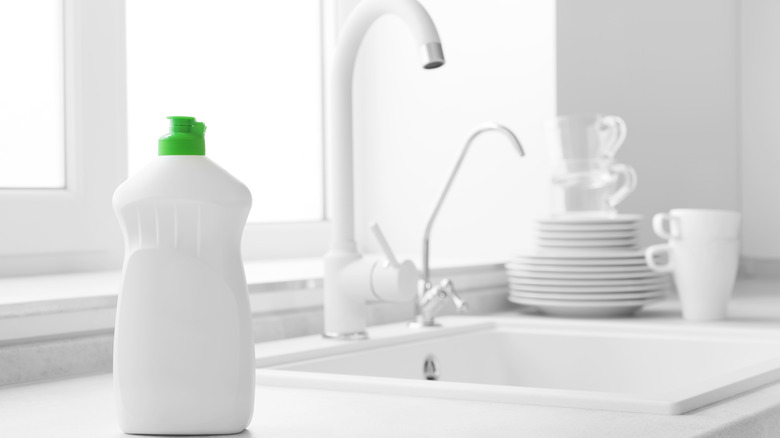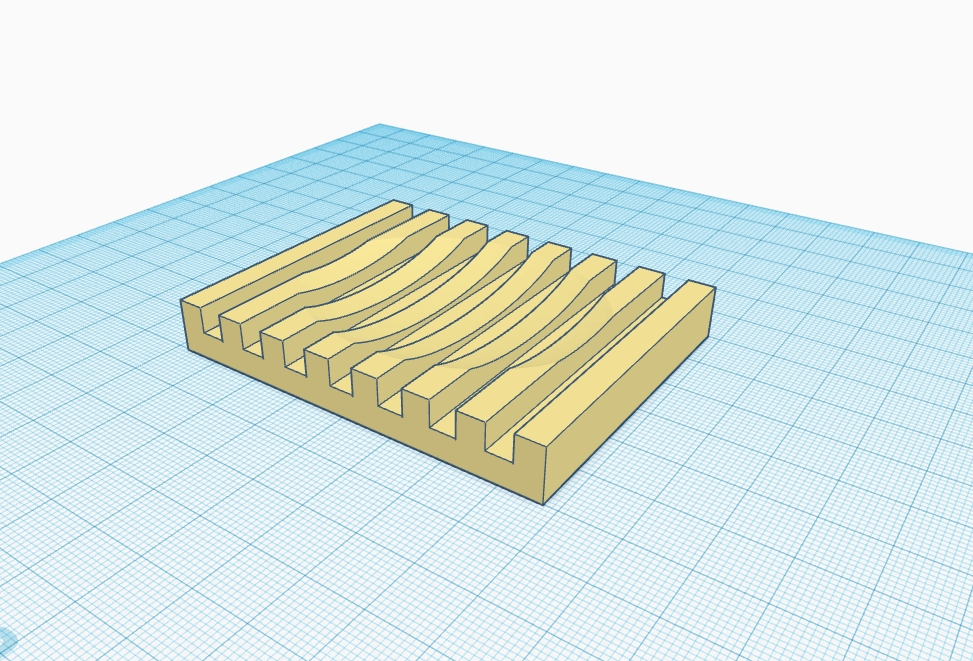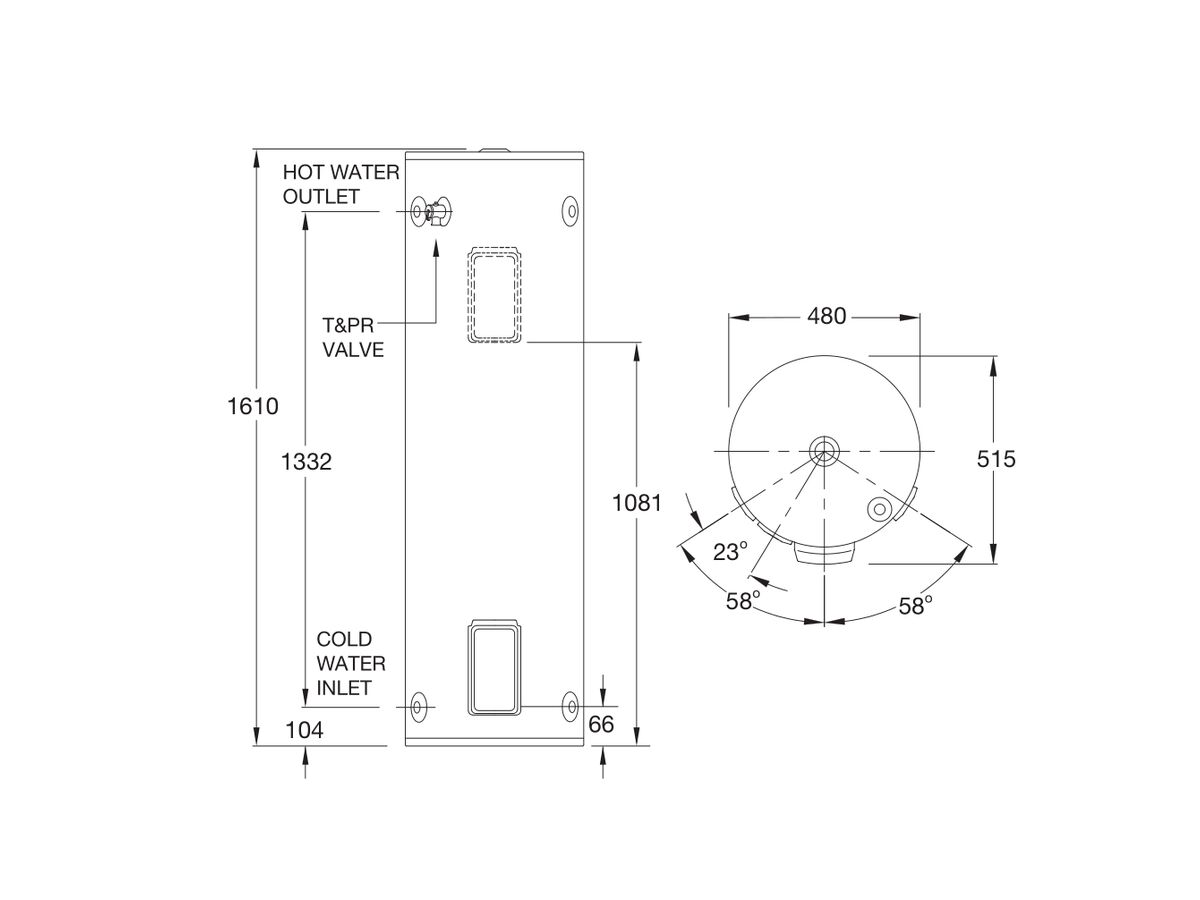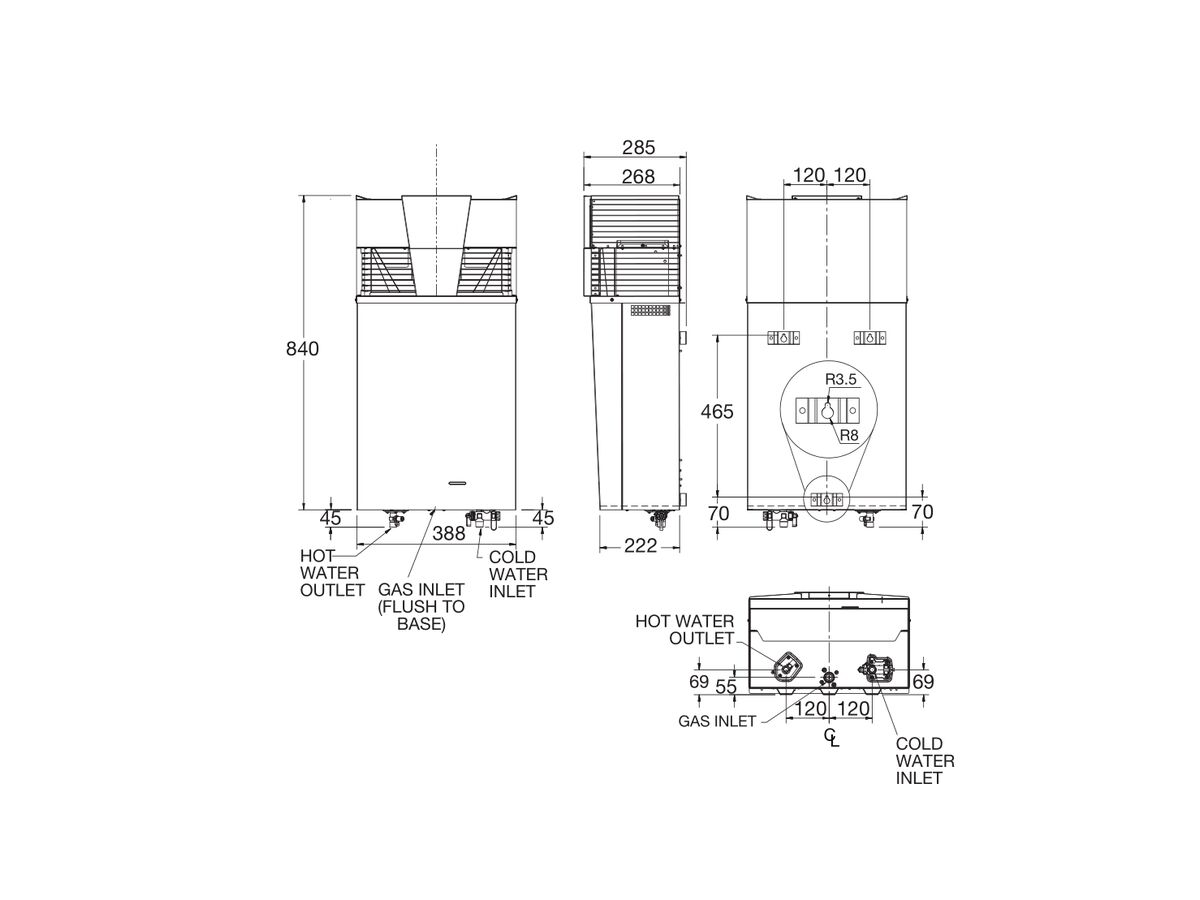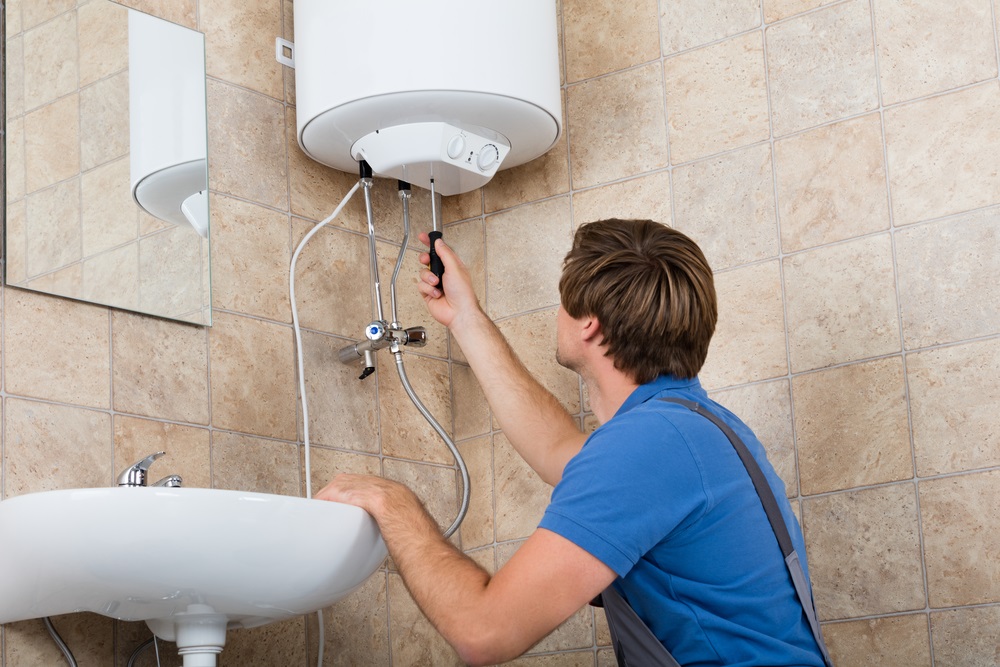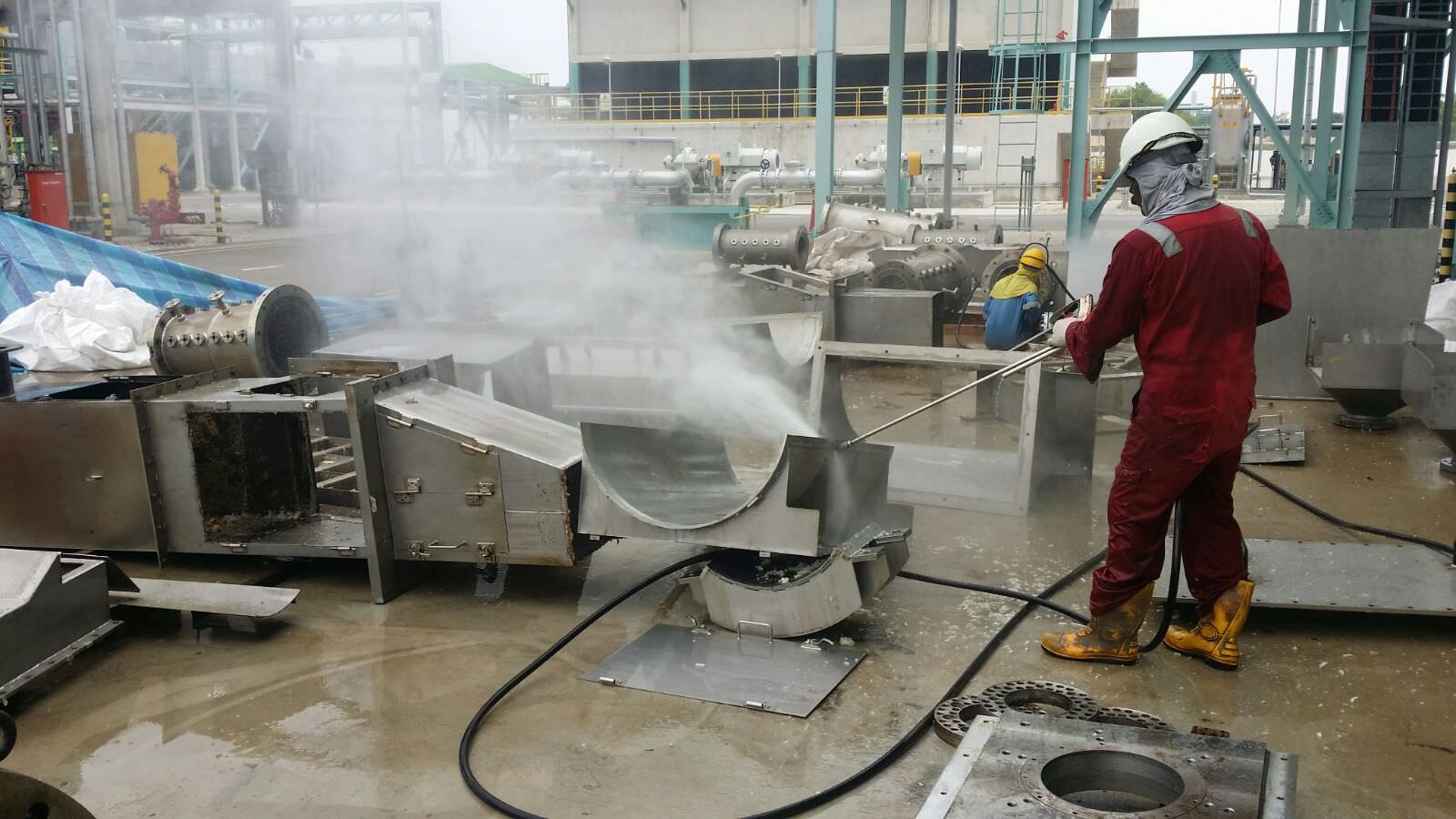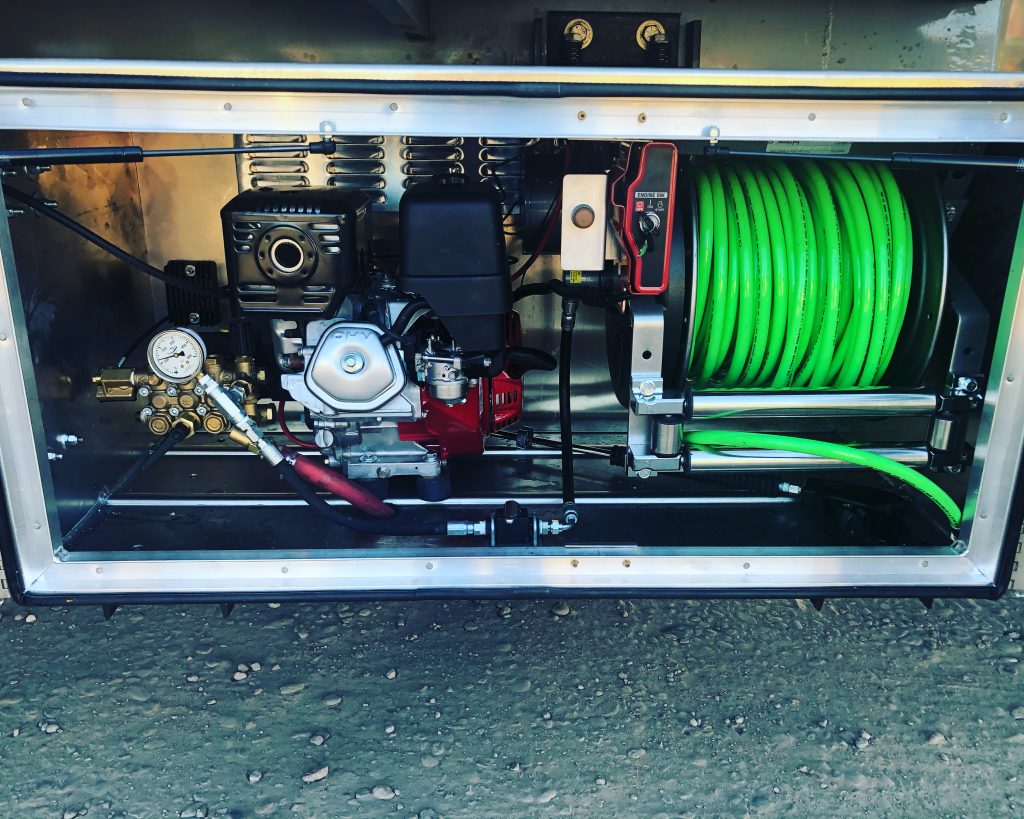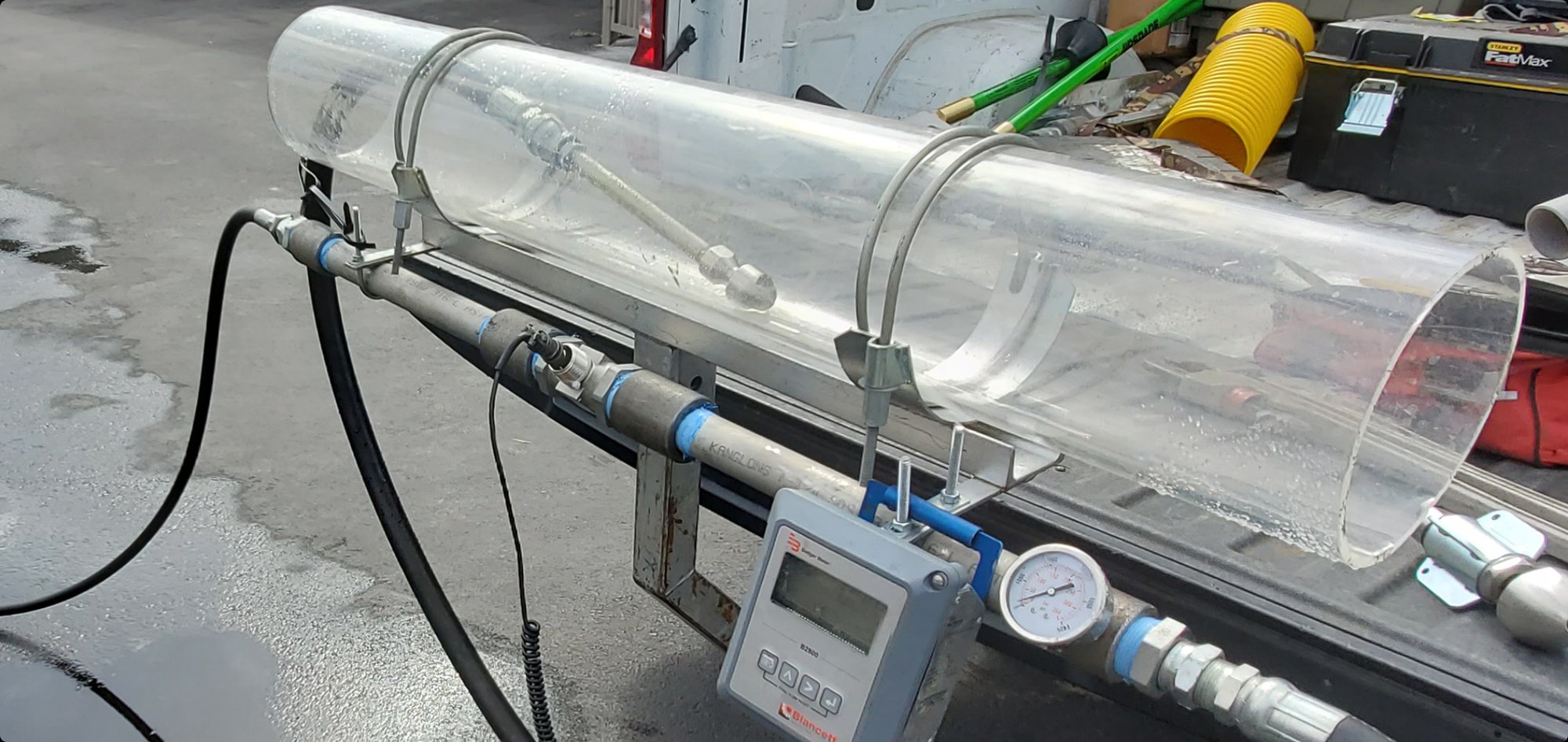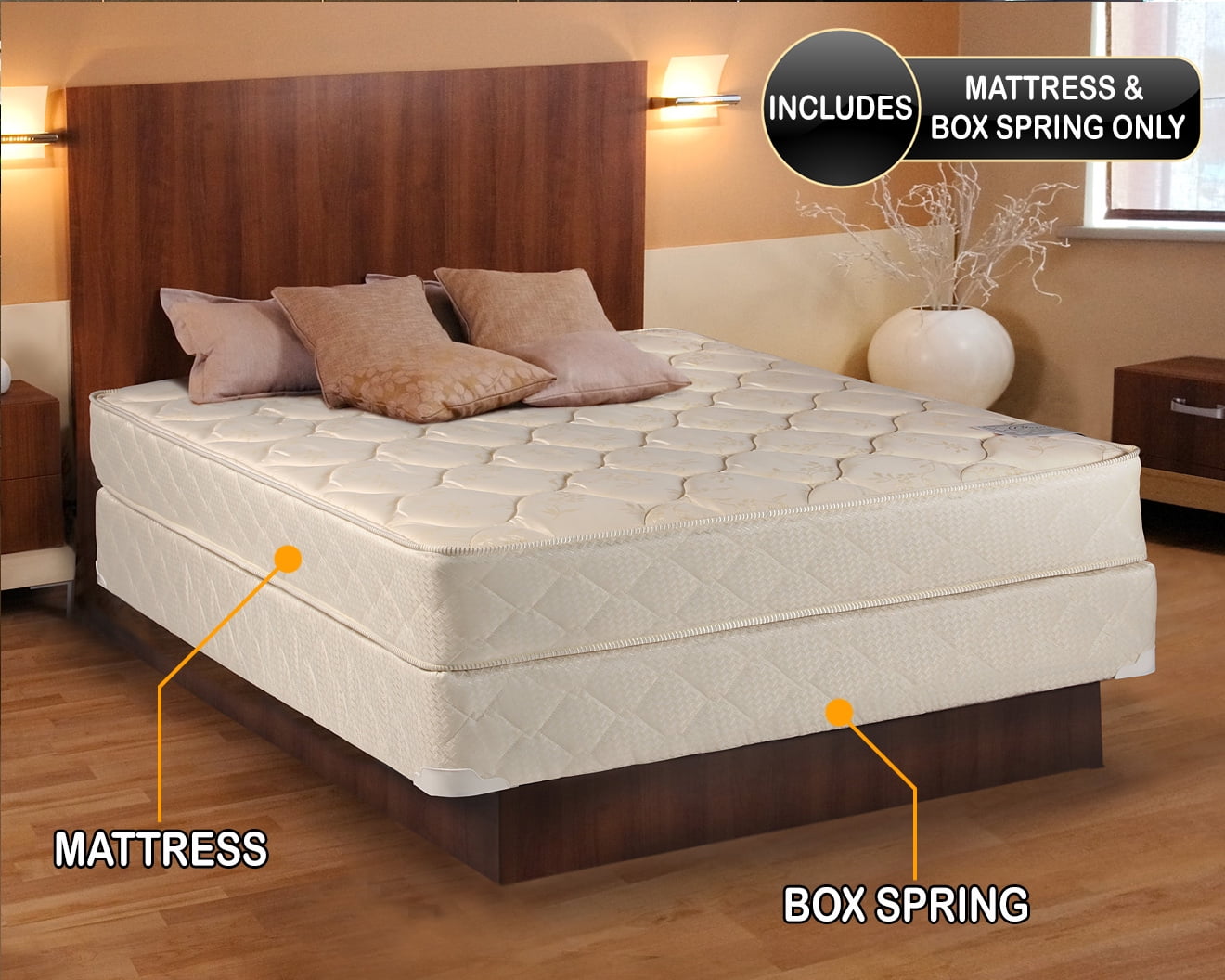If your kitchen sink is backing up on both sides, the first thing to check is whether your drain is clogged. This is a common problem, and it can be caused by a variety of factors such as food scraps, grease, or hair buildup. To fix this issue, you can try using a plunger or a drain snake to remove the blockage and allow water to flow freely again. If these methods don't work, it's best to call a plumber for professional assistance.1. Clogged Drain: Causes and Solutions
A plunger is a simple and effective tool for unclogging your sink. To use it, fill the sink partially with water and place the plunger over the drain. Use vigorous up-and-down motions to create suction and dislodge the clog. This method works well for minor clogs, but it may not be effective for more stubborn blockages.2. Using a Plunger to Unclog Your Sink
A drain snake, also known as a plumbing auger, is a long, flexible tool that can reach deep into your drain to remove clogs. You can purchase one at your local hardware store or rent one from a home improvement center. Simply insert the snake into the drain and twist it to hook onto the clog and pull it out. This method is particularly useful for removing hair and other debris that a plunger may not be able to dislodge.3. Drain Snake: A Versatile Solution
If you prefer to use natural products, you can try using a combination of baking soda and vinegar to unclog your sink. First, pour a cup of baking soda down the drain, followed by a cup of vinegar. Let it sit for 15 minutes, then pour hot water down the drain to flush out the clog. The chemical reaction between the baking soda and vinegar can help break down and dissolve the blockage.4. Baking Soda and Vinegar: A Natural Remedy
If your sink is still backing up after trying the above methods, it's time to call a plumber. They have the expertise and tools to handle more complex clogs and can also identify any underlying issues that may be causing the problem. It's best to leave it to the professionals to avoid causing further damage to your pipes.5. When to Call a Plumber
If you have a garbage disposal, it's important to keep it well-maintained to prevent clogs. Avoid putting large food scraps, grease, or fibrous items such as celery or potato peels down the disposal. Run cold water while using it and regularly clean it by grinding ice cubes and citrus peels to keep it clean and fresh.6. Maintaining Your Garbage Disposal
Grease is one of the main causes of kitchen sink clogs. When you pour hot grease down the drain, it can solidify and create a sticky barrier that traps other debris, leading to a blockage. To avoid this, dispose of grease in a separate container and throw it in the trash instead of down the drain.7. Grease Buildup: A Common Culprit
If you have a sink full of standing water, try adding a few tablespoons of dish soap before attempting to plunge or snake the drain. The soap can help break down the clog and make it easier to remove. This method is best for minor clogs and can be a quick and easy solution.8. Dish Soap: An Unexpected Solution
Sometimes, all your sink needs is a good dose of hot water to clear out small clogs. Boil a pot of water and carefully pour it down the drain. The hot water can help melt away any grease or debris that may be causing the clog. This method is best for minor clogs and can be used regularly as a preventative measure.9. Hot Water: A Simple Fix
If you have frequent clogs or a particularly stubborn blockage, hydro jetting may be the best solution. This process involves using high-pressure water to blast through and remove any buildup or debris in your pipes. It's a more powerful and thorough solution than traditional snaking and can help prevent future clogs. In conclusion, a backed-up kitchen sink can be a frustrating and inconvenient problem. However, with the right tools and techniques, you can easily unclog your sink and get it back to working properly. Whether you prefer natural remedies or professional assistance, there are plenty of solutions to choose from. Remember to regularly maintain your sink and dispose of grease properly to prevent future clogs. If all else fails, don't hesitate to call a plumber for expert help. Now that you have the knowledge to tackle this issue, you can enjoy a smoothly running kitchen sink once again.10. Hydro Jetting: A Powerful Solution
The Importance of Proper Plumbing in House Design

Ensuring Your Kitchen Sink is Functioning Properly
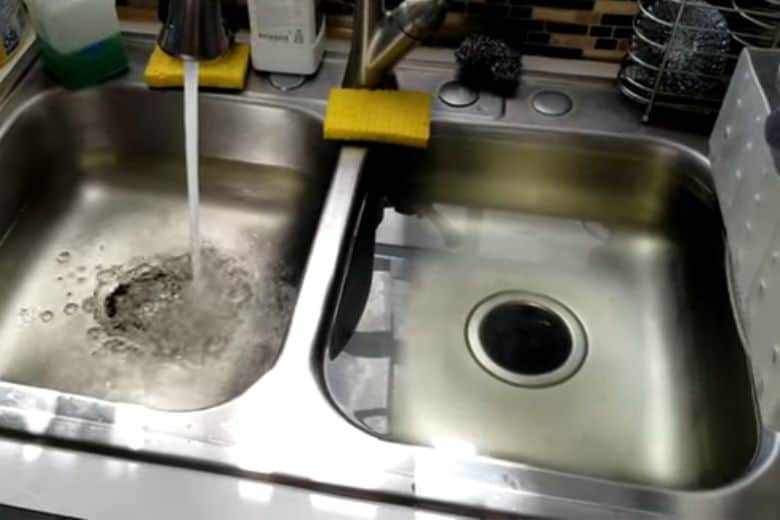 When designing a house, there are many factors to consider such as layout, aesthetics, and functionality. One aspect that is often overlooked but is crucial to the overall design is plumbing. Without proper plumbing, homeowners may face a multitude of issues, one being a backed-up kitchen sink on both sides. This can be a major inconvenience and can disrupt daily routines. In this article, we will discuss the importance of proper plumbing in house design and how it can prevent issues like a backed-up kitchen sink.
Proper Drainage System
One of the main causes of a backed-up kitchen sink is a clogged or faulty drainage system. In a well-designed house, the plumbing system should be installed correctly, ensuring proper drainage and preventing any blockages. This includes proper slope and pipe size to allow for efficient flow of water and waste. Without these considerations, homeowners may face costly repairs and constant issues with their kitchen sink.
Quality Materials
Another crucial aspect of proper plumbing in house design is the use of quality materials. Using
high-quality pipes, fittings, and fixtures
can prevent leaks and clogs, ensuring the longevity and functionality of your plumbing system. Cheaper materials may save money in the short-term, but they may not withstand the wear and tear of daily use and can result in frequent backups and repairs.
Proper Ventilation
In addition to proper drainage and quality materials, proper ventilation is also essential in house design. Adequate ventilation helps to prevent pressure buildup in the plumbing system, which can lead to clogs and backups. It also helps to eliminate unpleasant odors and maintain the overall cleanliness of your kitchen sink.
Maintenance and Upkeep
Lastly, proper plumbing in house design requires regular maintenance and upkeep. This includes
periodic inspections and cleaning
of the drainage system, as well as addressing any issues or leaks immediately. Ignoring these tasks can result in bigger problems down the road, such as a backed-up kitchen sink on both sides.
In conclusion, proper plumbing is a crucial aspect of house design that should not be overlooked. It not only ensures the functionality of your kitchen sink but also prevents costly repairs and disruptions to your daily routines. By considering factors such as proper drainage, quality materials, ventilation, and maintenance, homeowners can avoid issues like a backed-up kitchen sink and enjoy a well-designed and functional home.
When designing a house, there are many factors to consider such as layout, aesthetics, and functionality. One aspect that is often overlooked but is crucial to the overall design is plumbing. Without proper plumbing, homeowners may face a multitude of issues, one being a backed-up kitchen sink on both sides. This can be a major inconvenience and can disrupt daily routines. In this article, we will discuss the importance of proper plumbing in house design and how it can prevent issues like a backed-up kitchen sink.
Proper Drainage System
One of the main causes of a backed-up kitchen sink is a clogged or faulty drainage system. In a well-designed house, the plumbing system should be installed correctly, ensuring proper drainage and preventing any blockages. This includes proper slope and pipe size to allow for efficient flow of water and waste. Without these considerations, homeowners may face costly repairs and constant issues with their kitchen sink.
Quality Materials
Another crucial aspect of proper plumbing in house design is the use of quality materials. Using
high-quality pipes, fittings, and fixtures
can prevent leaks and clogs, ensuring the longevity and functionality of your plumbing system. Cheaper materials may save money in the short-term, but they may not withstand the wear and tear of daily use and can result in frequent backups and repairs.
Proper Ventilation
In addition to proper drainage and quality materials, proper ventilation is also essential in house design. Adequate ventilation helps to prevent pressure buildup in the plumbing system, which can lead to clogs and backups. It also helps to eliminate unpleasant odors and maintain the overall cleanliness of your kitchen sink.
Maintenance and Upkeep
Lastly, proper plumbing in house design requires regular maintenance and upkeep. This includes
periodic inspections and cleaning
of the drainage system, as well as addressing any issues or leaks immediately. Ignoring these tasks can result in bigger problems down the road, such as a backed-up kitchen sink on both sides.
In conclusion, proper plumbing is a crucial aspect of house design that should not be overlooked. It not only ensures the functionality of your kitchen sink but also prevents costly repairs and disruptions to your daily routines. By considering factors such as proper drainage, quality materials, ventilation, and maintenance, homeowners can avoid issues like a backed-up kitchen sink and enjoy a well-designed and functional home.

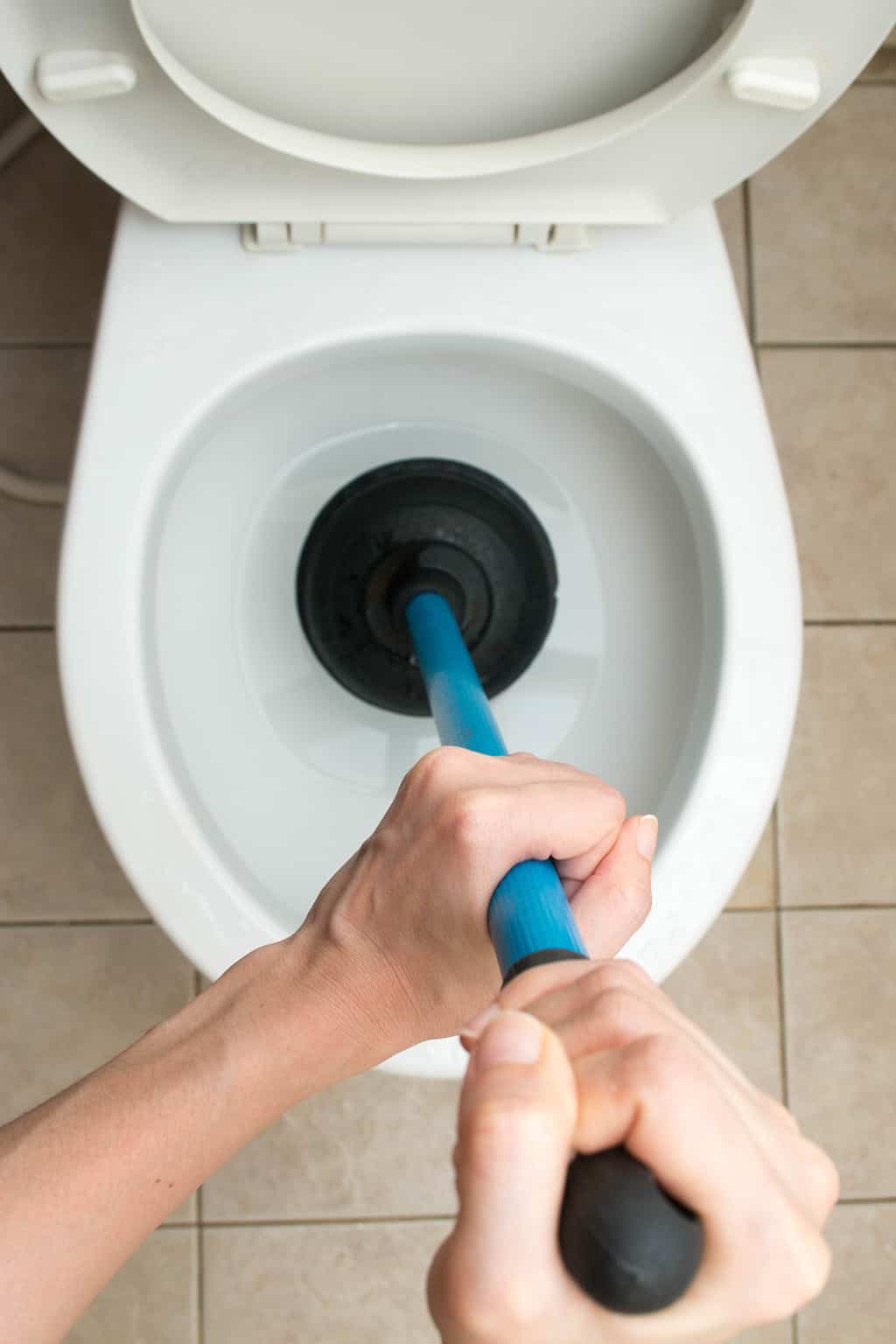

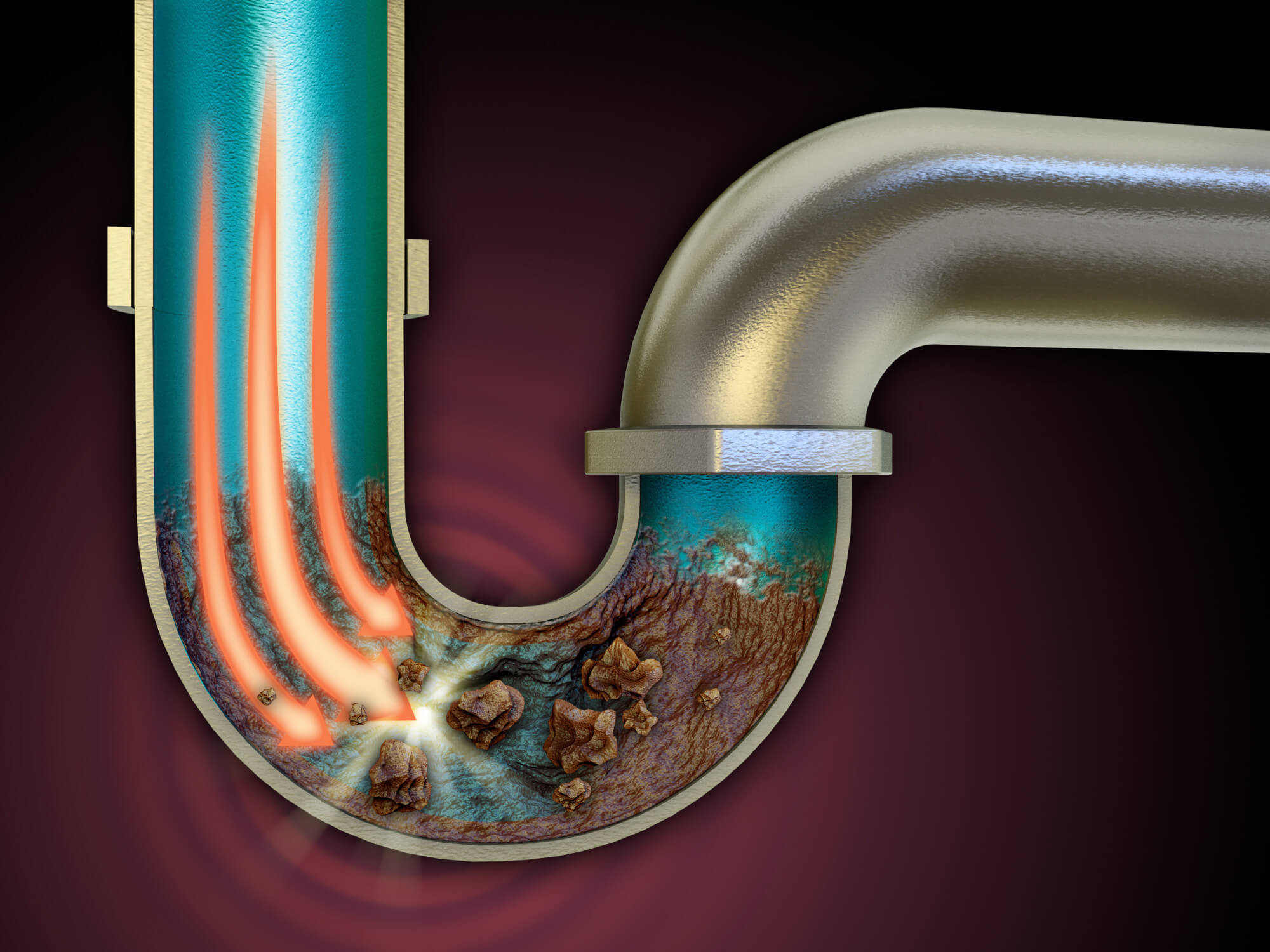
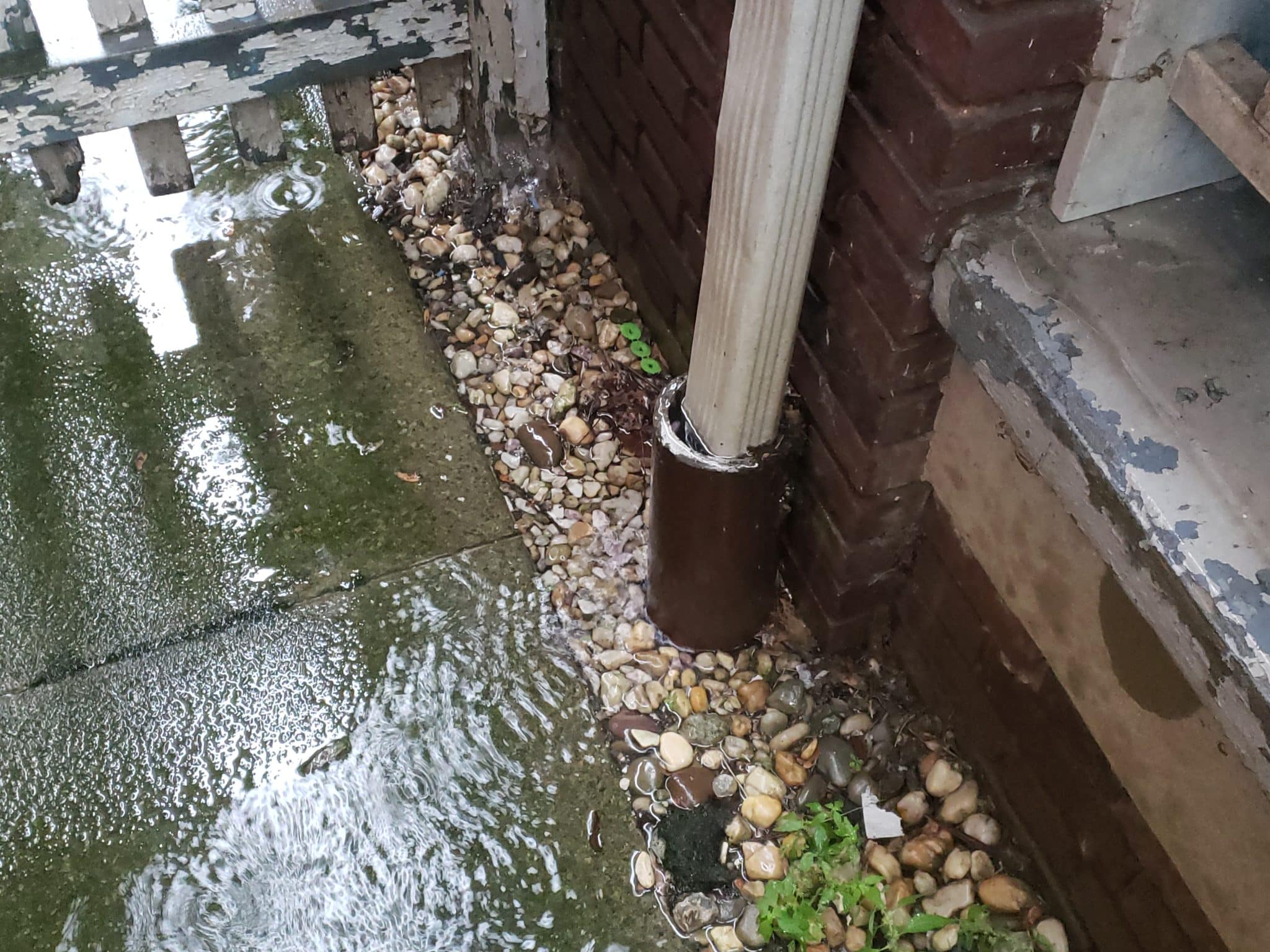
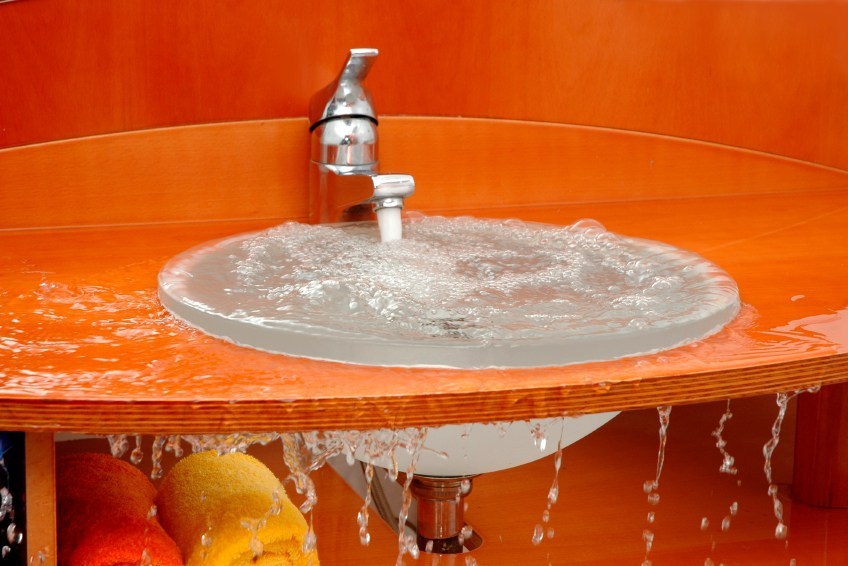
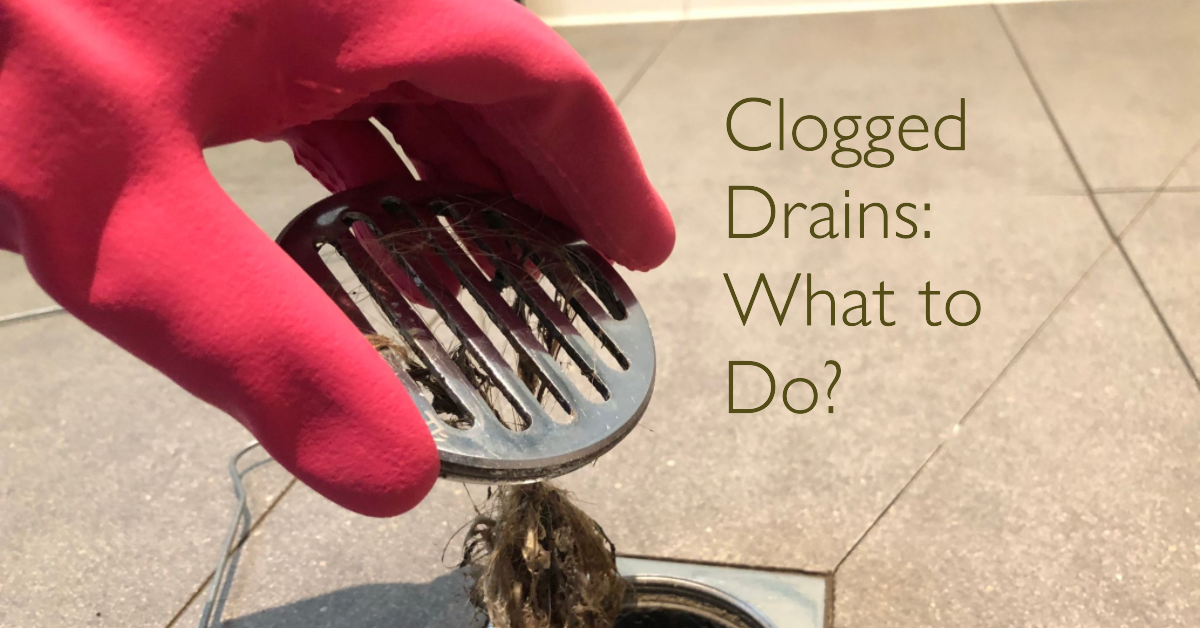
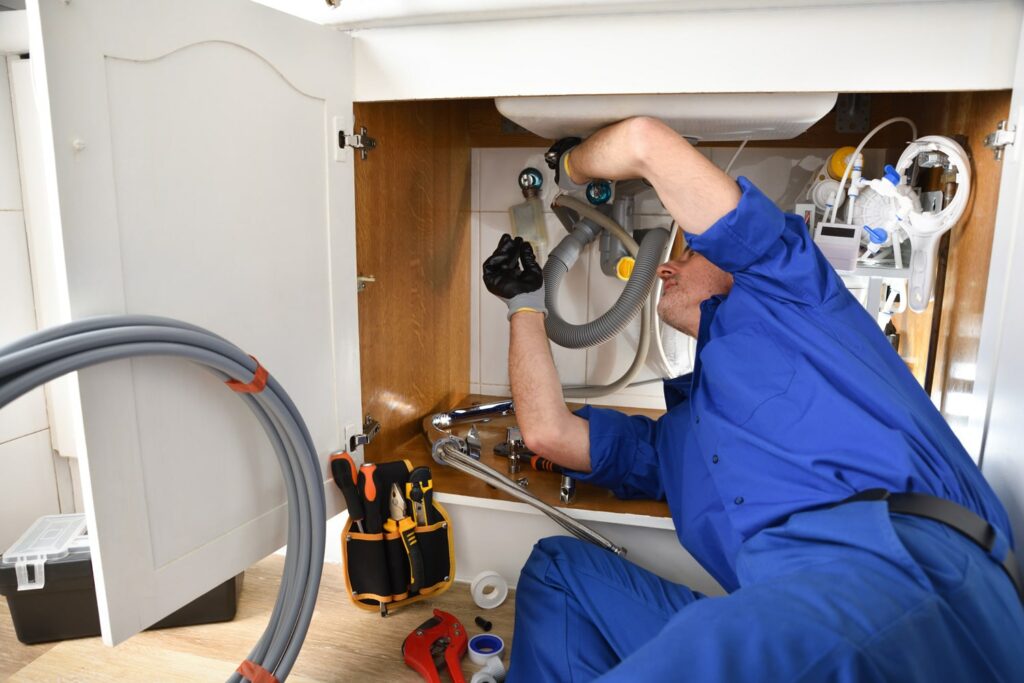
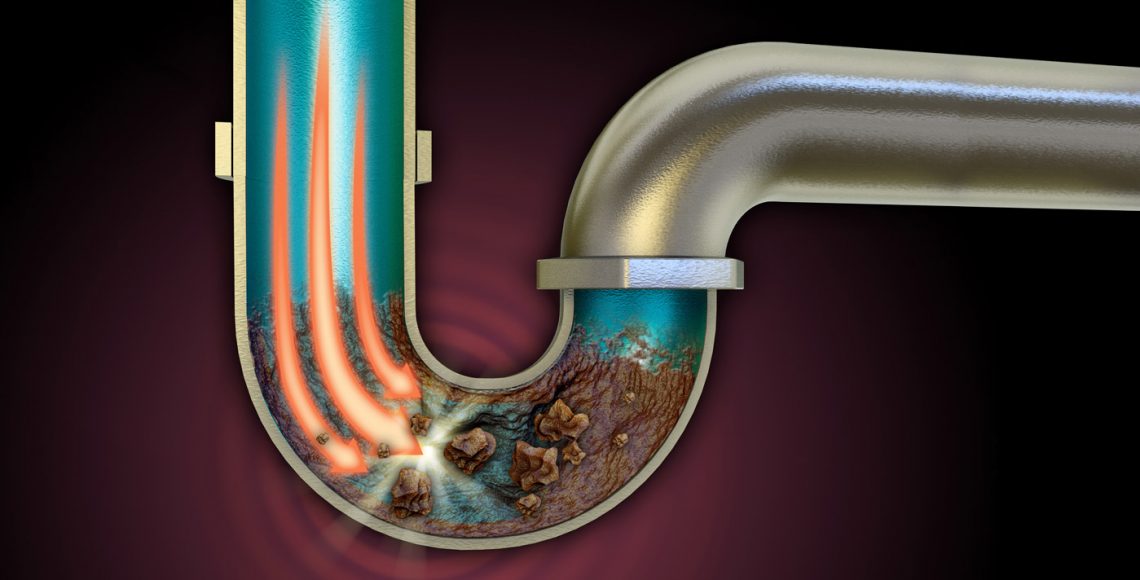


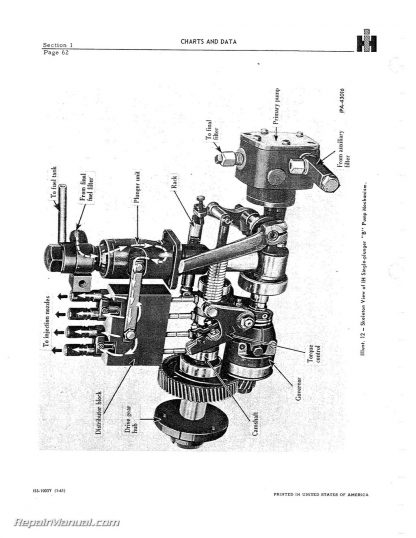









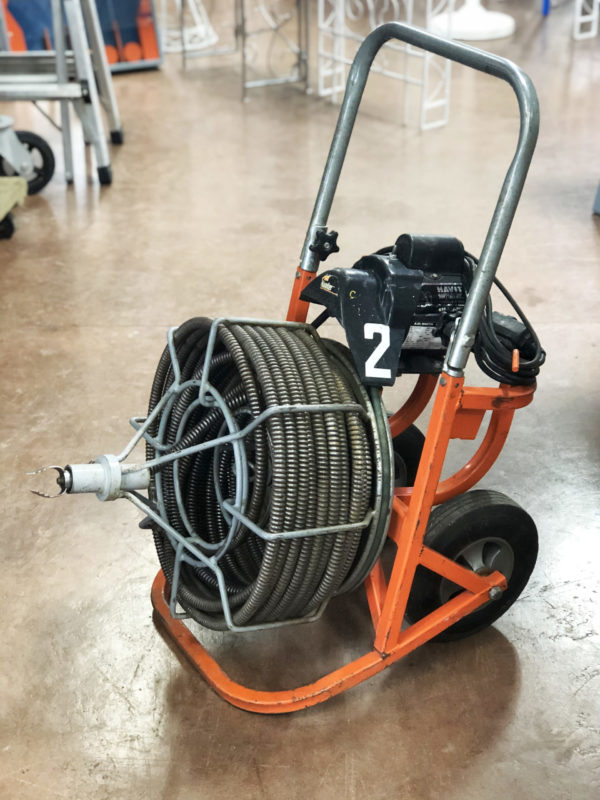




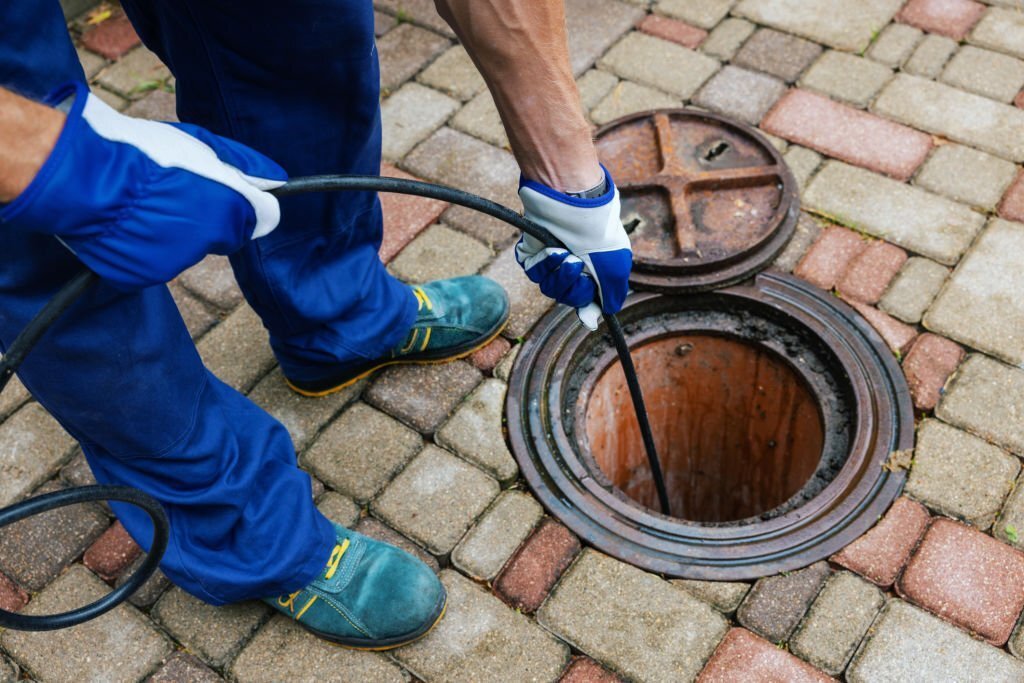




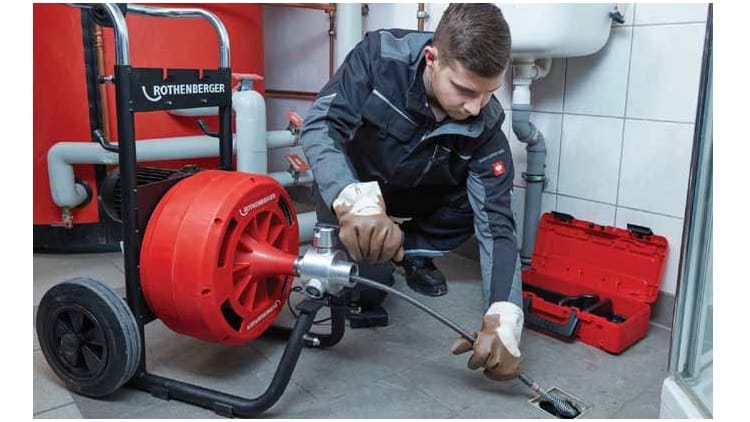


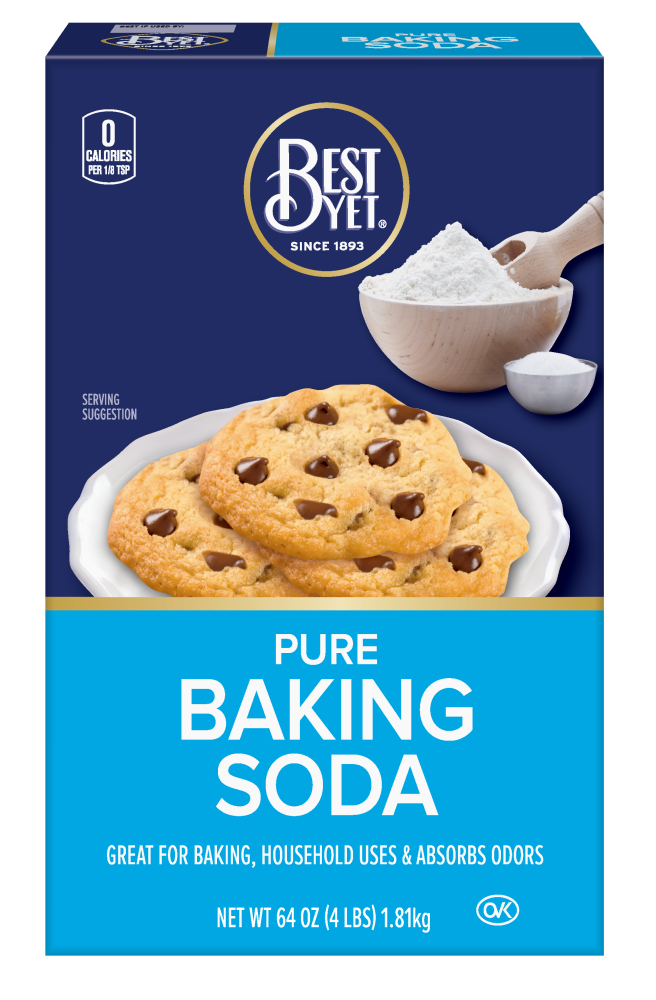

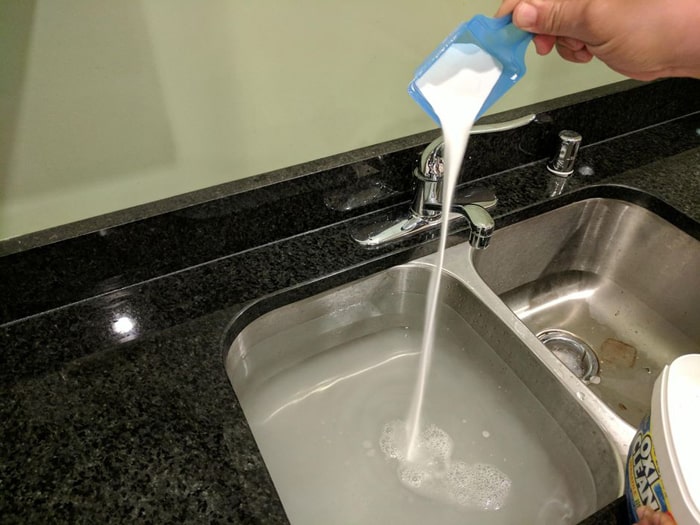


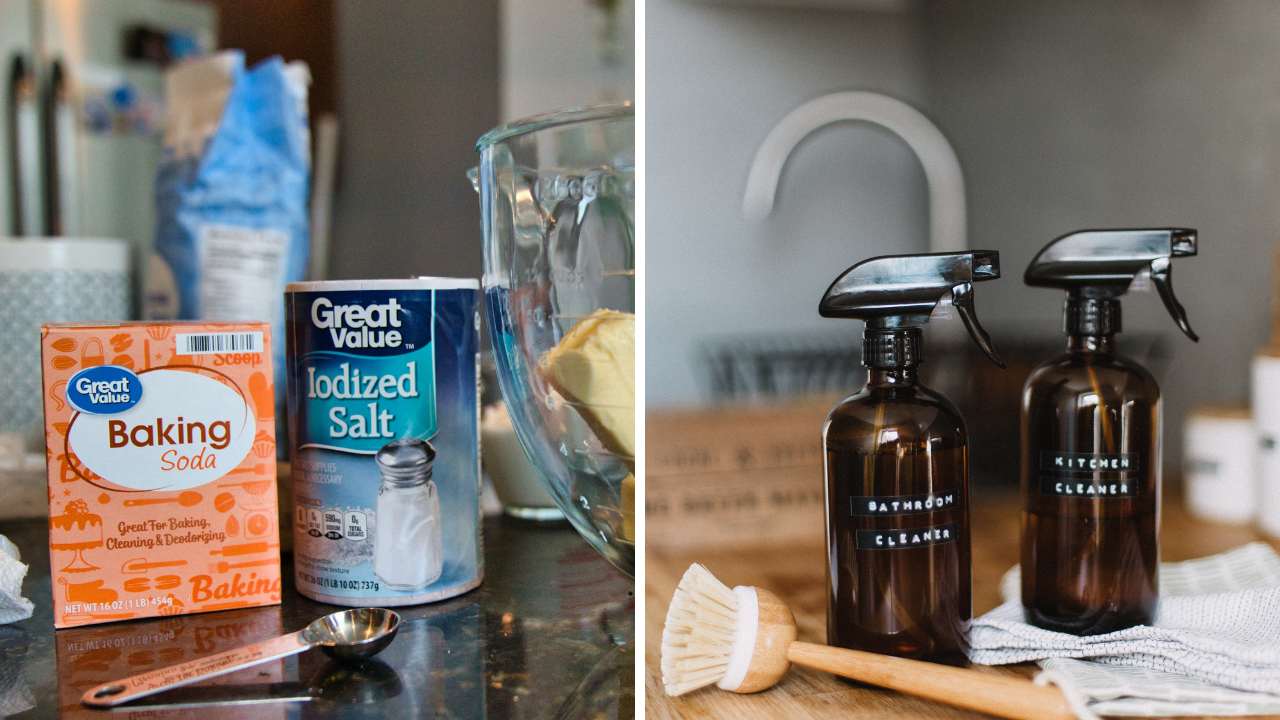
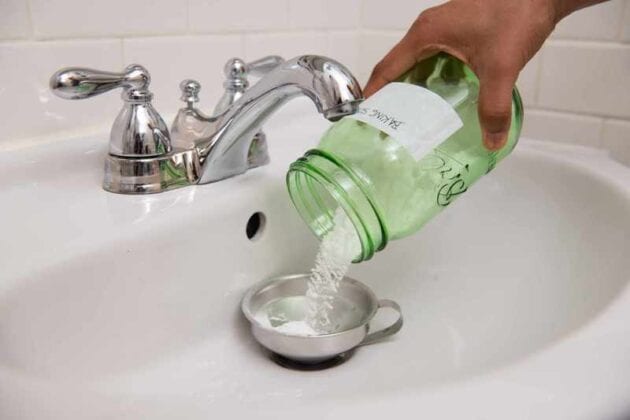

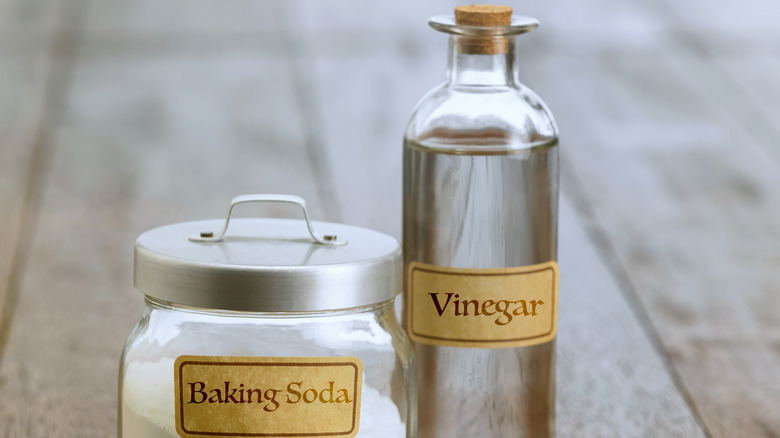
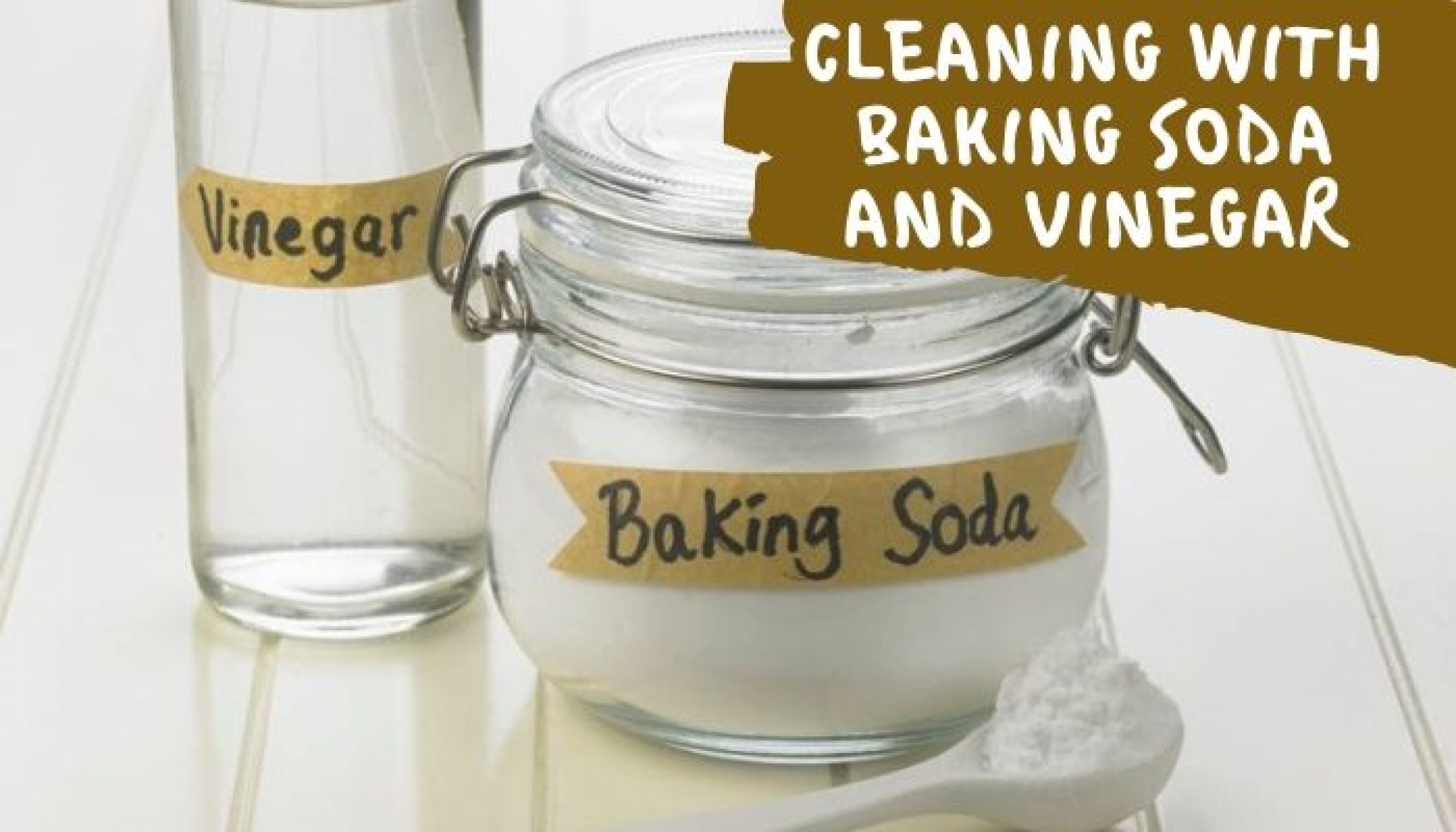




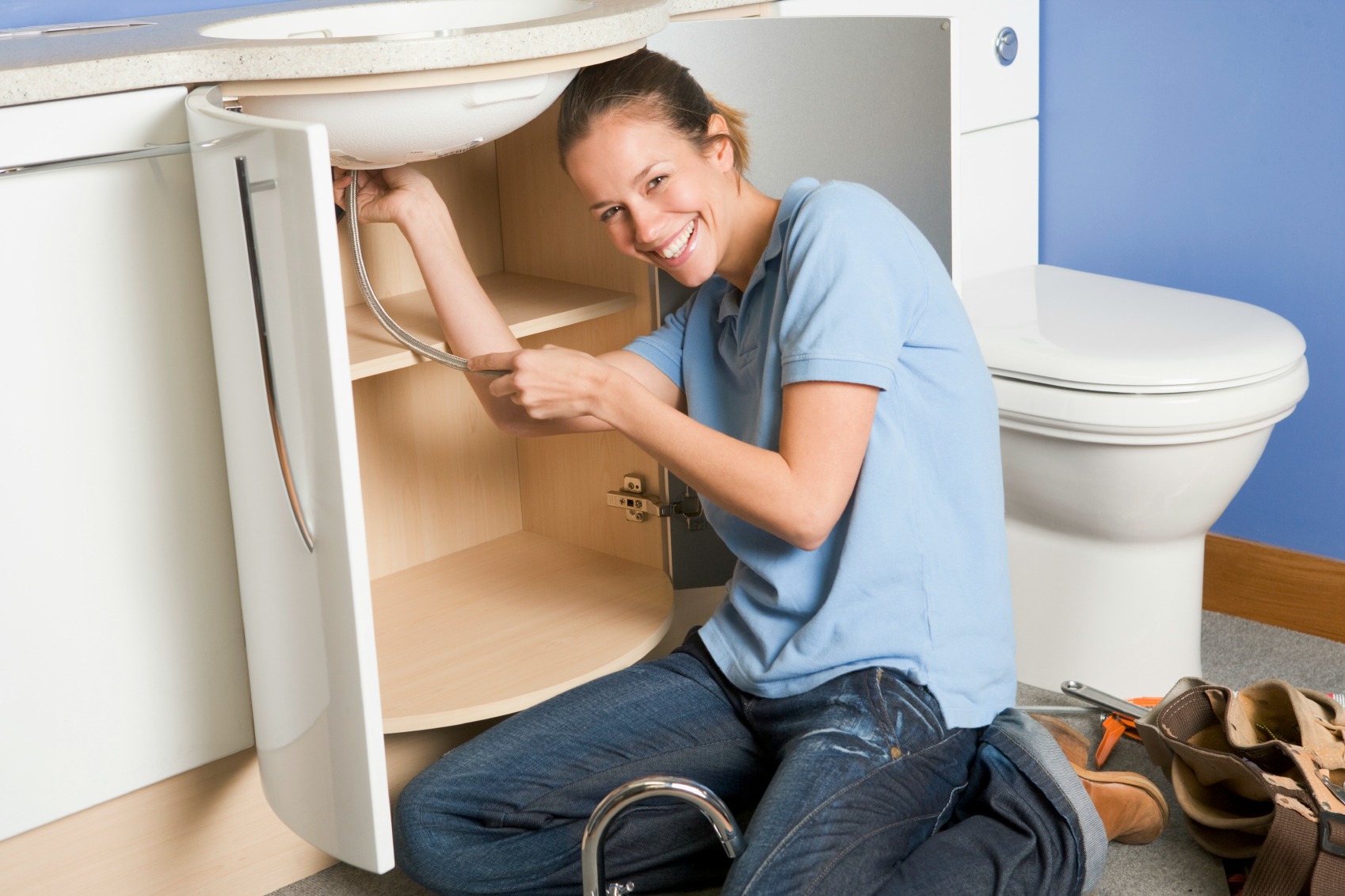

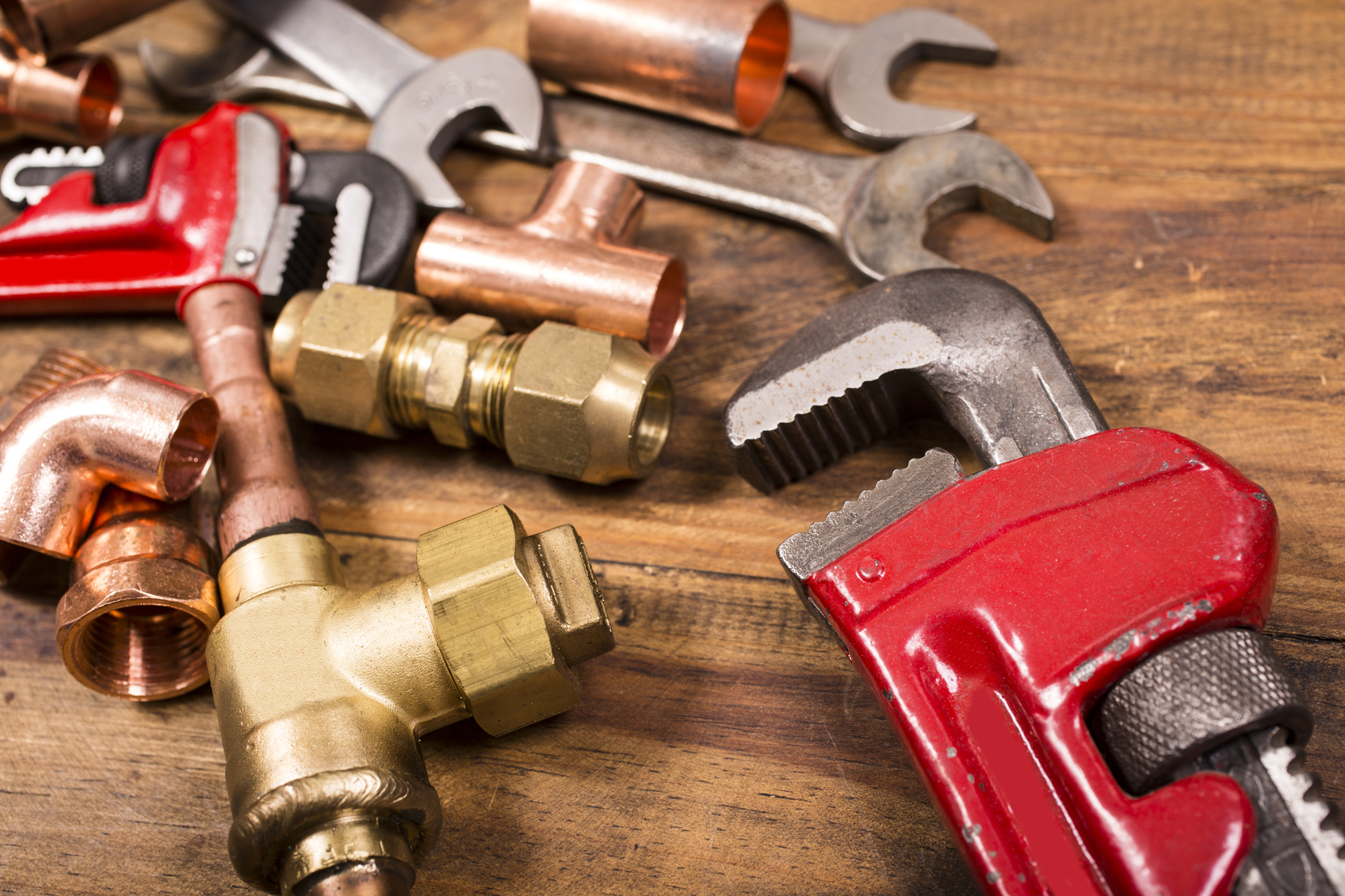
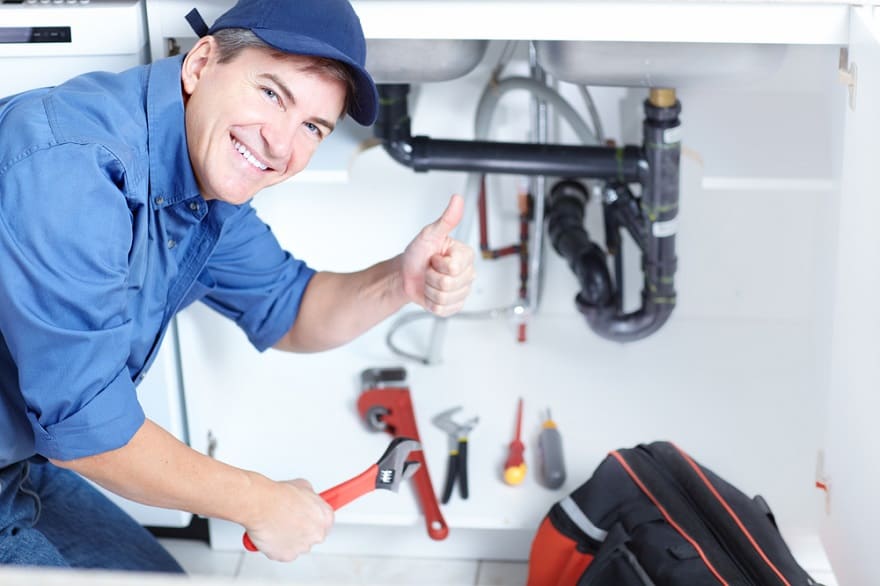
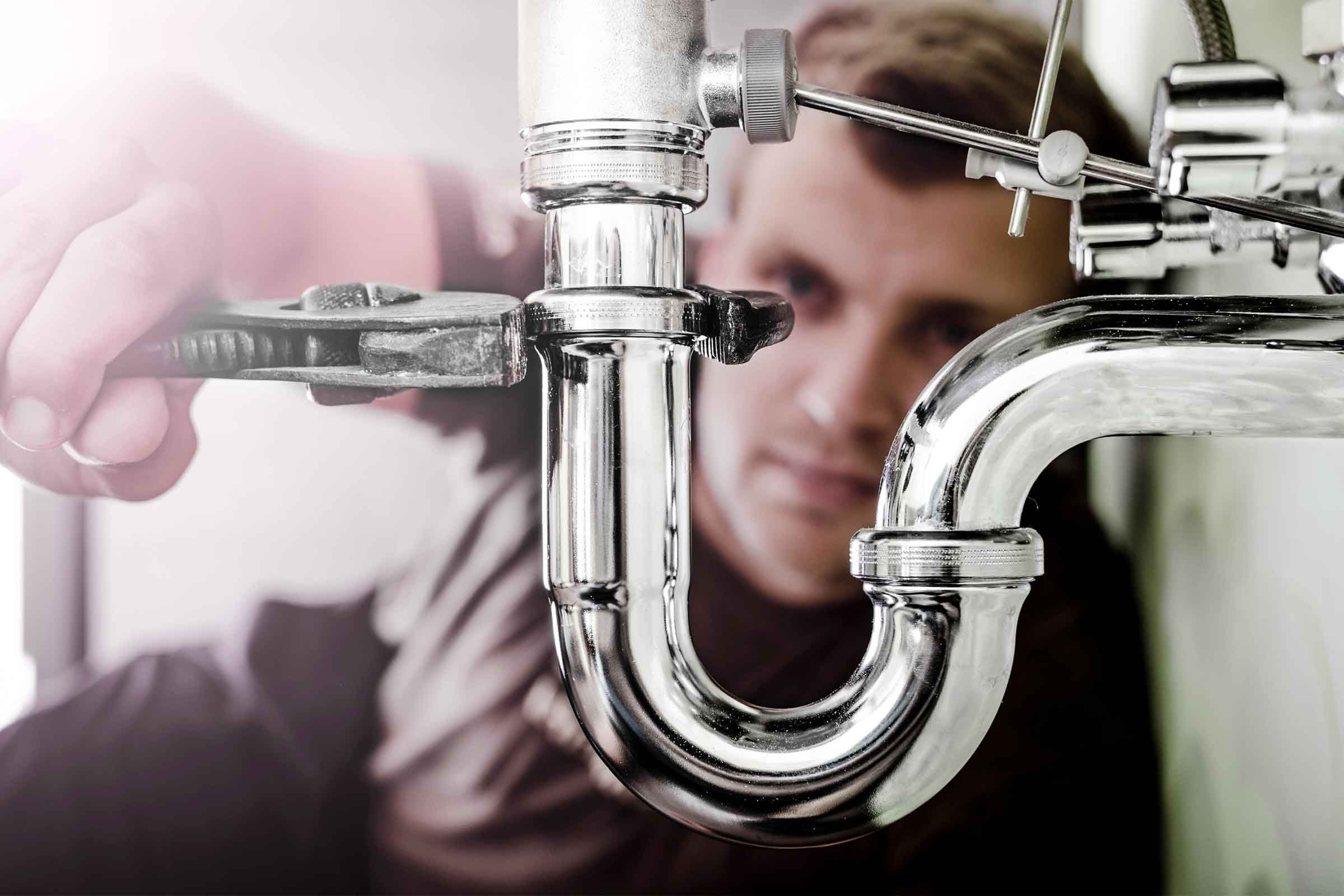

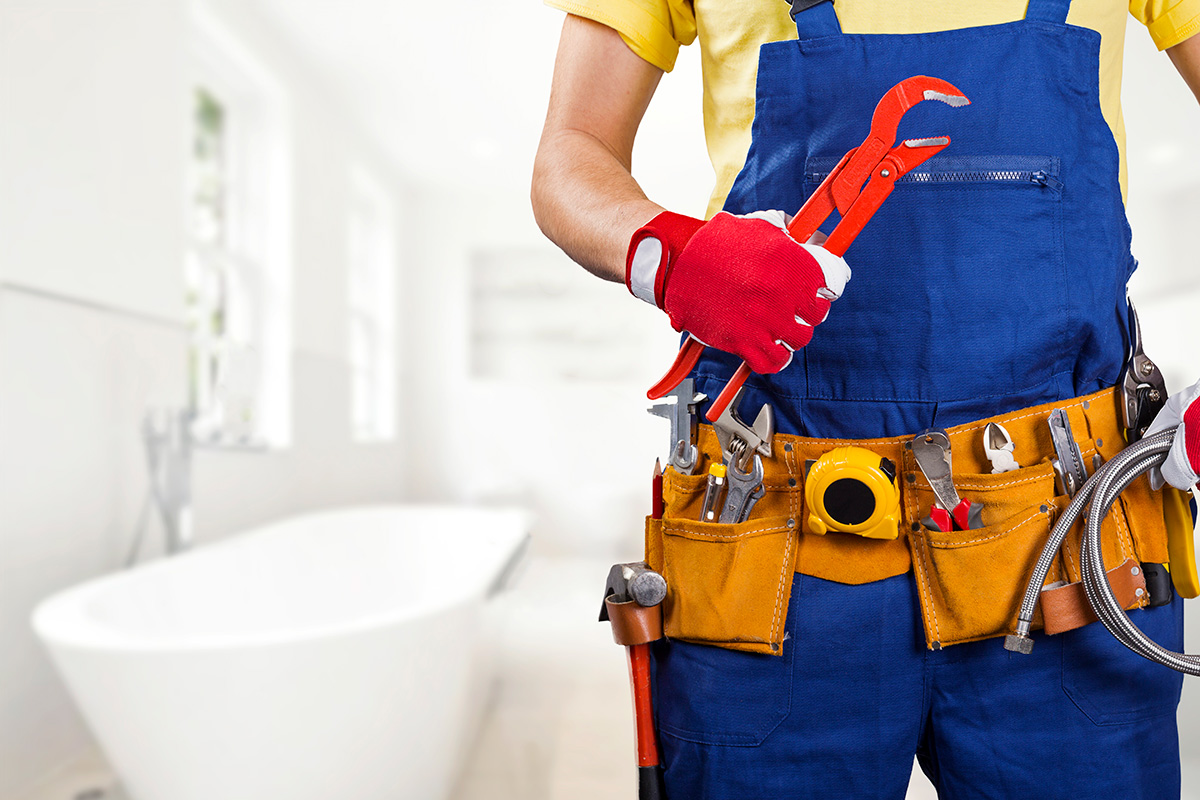


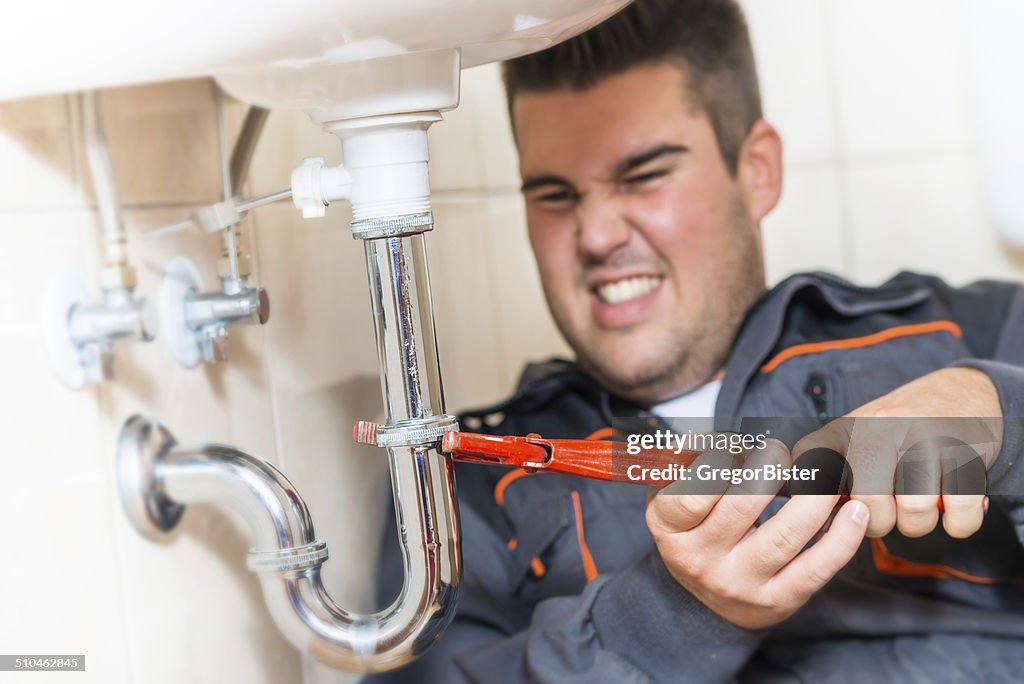



:max_bytes(150000):strip_icc()/garbage-disposal-installation-1824830-01-73cf0263b344447488ed8e15f7f2bc78.jpg)




:max_bytes(150000):strip_icc()/garbage-disposal-buying-guide-2718864-hero-205069e72e6a4575b3131db47a6ace26.jpg)

